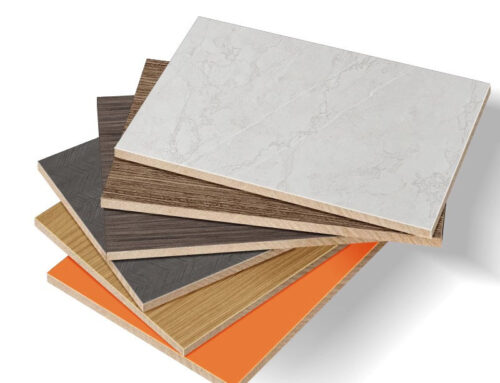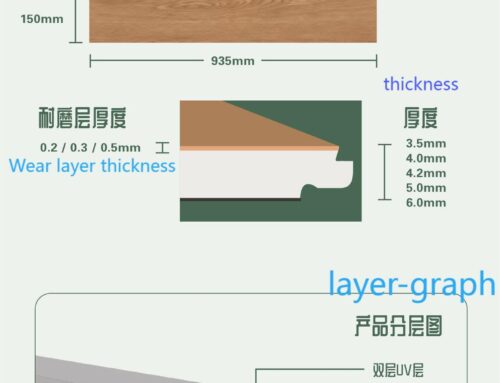PS is a plastic material, its material is polystyrene, is a Thermoplastic.
Polystyrene (PS) is a kind of polymer synthesized by free radical polymerization of styrene monomer. It is a colorless, transparent Thermoplastic with a glass transition temperature of more than 100 â ° C. it is often used to make disposable containers that need to withstand the temperature of boiling water, and disposable foam lunch boxes, etc.
Polystyrene is a polymer synthesized from styrene monomer by free radical polymerization. It is known as Polystyrene in English and ポリスチロール in Japanese, abbreviated as PS. Its glass transition temperature is 80-90°C, its amorphous density is 1.04-1.06 g/cm³, its crystalline density is 1.11-1.12 g/cm³, its melting point is 240°C, and its resistivity is 1020-1022 Ω·cm. Its thermal conductivity is 0.116 W/(m·K) at 30°C. Typical polystyrene is an amorphous atactic polymer with excellent insulation, insulation and transparency, with a long-term service temperature of 0-70°C, but it is brittle and prone to cracking at low temperatures. There are also isotactic and syndiotactic polystyrene. Isotactic polymers have a high degree of crystallinity. Ordinary polystyrene resin is an amorphous polymer. The side groups of the polystyrene macromolecular chain are benzene rings, and the random arrangement of bulky side groups such as benzene rings determines the physical and chemical properties of polystyrene, such as high transparency, high rigidity, high glass transition temperature, and brittleness. Expandable polystyrene is made by impregnating ordinary polystyrene with low-boiling point physical blowing agents, which are foamed during processing and are specifically used to make foam plastic products. High impact polystyrene is a copolymer of styrene and butadiene, with butadiene as the dispersed phase, which improves the impact strength of the material, but the product is not transparent. Syndiotactic polystyrene has a syndiotactic structure and is produced using a metallocene catalyst. It is a new type of polystyrene developed in recent years with excellent properties and belongs to engineering plastics. Polystyrene (PS) includes general purpose polystyrene (GPPS), polystyrene, expandable polystyrene (EPS), high impact polystyrene (HIPS), and syndiotactic polystyrene (SPS). Polystyrene (Polystyrene, abbreviated as PS) is a colorless and transparent thermoplastic. The general formula is [(CH2CHC6H5)n]. It has a glass transition temperature above 100°C, so it is often used to make various disposable containers that need to withstand the temperature of boiling water, as well as disposable foam lunch boxes, etc. General Purpose Polystyrene (GPPS) General purpose polystyrene resin is non-toxic, odorless, colorless and transparent granules, similar to glass-like brittle materials. Its products have extremely high transparency, with a light transmittance of over 90%, good electrical insulation, easy coloring, good processing fluidity, good rigidity, good chemical resistance, etc. The shortcomings of general purpose polystyrene are its brittleness, low impact strength, prone to stress cracking, poor heat resistance, and intolerance to boiling water.
Chemical property
Polystyrene chemical stability is poor, can be a variety of organic solvents (such as aromatic hydrocarbons, halogenated hydrocarbons, etc.) dissolved, will be strong acid and alkali corrosion, not resistant to grease, easy to change color after exposure to ultraviolet light. Burning will produce a lot of carbon monoxide or carbon dioxide, pay attention to prevent poisoning
Physical properties
Polystyrene is hard and brittle, colorless and transparent, and can be mixed with a variety of dyes to produce different colors. Density: 1.04-1.06.




Leave A Comment